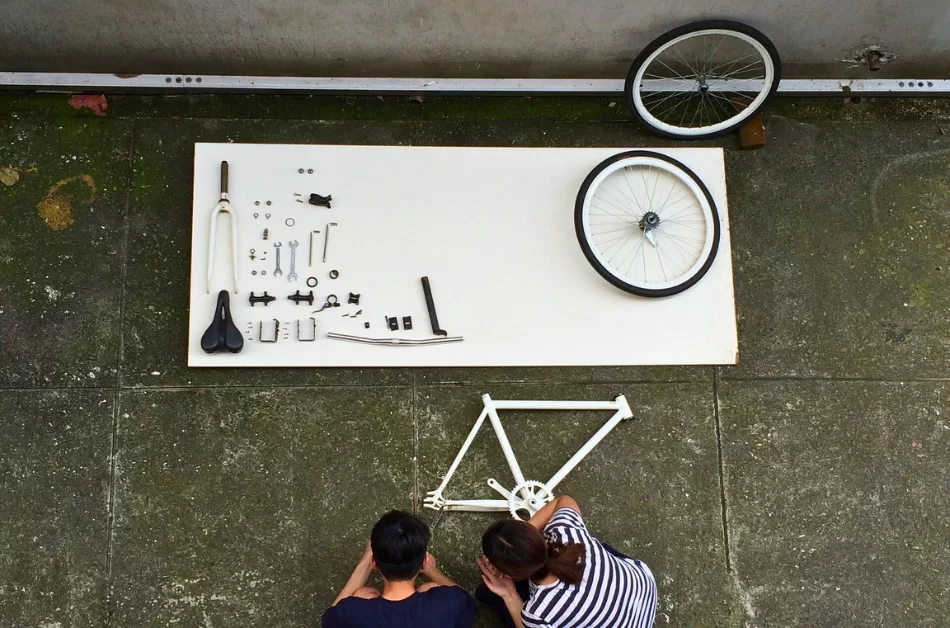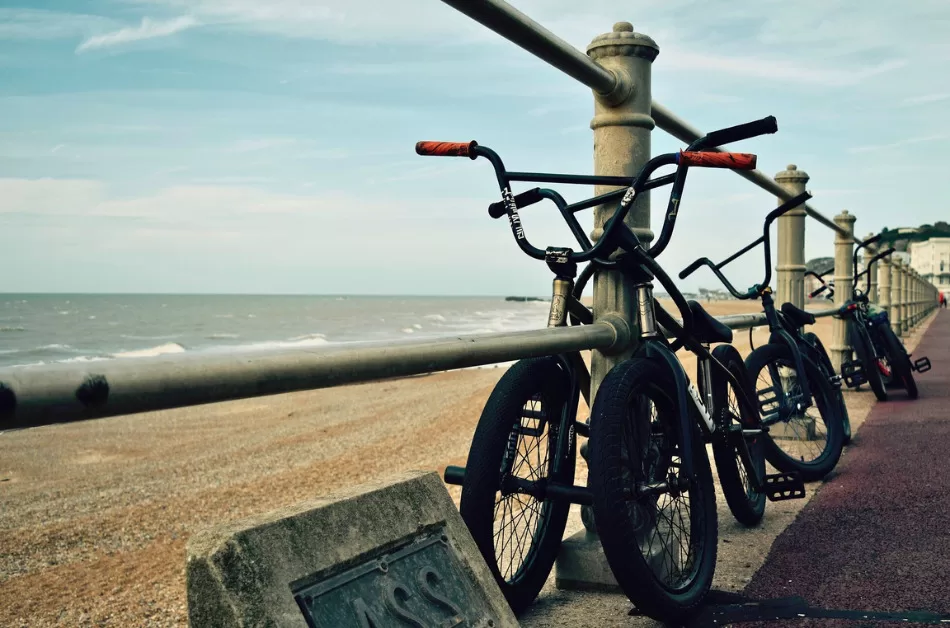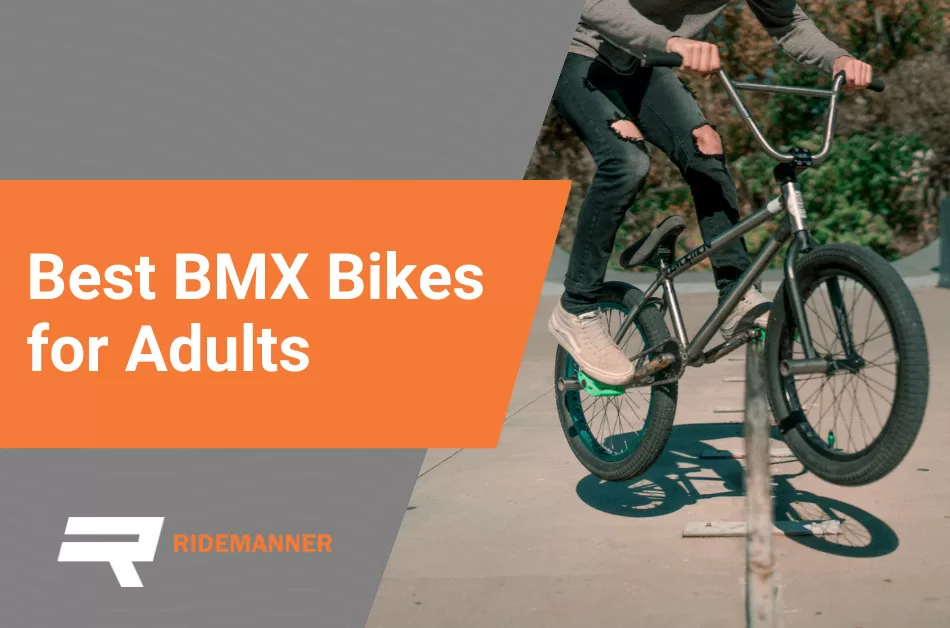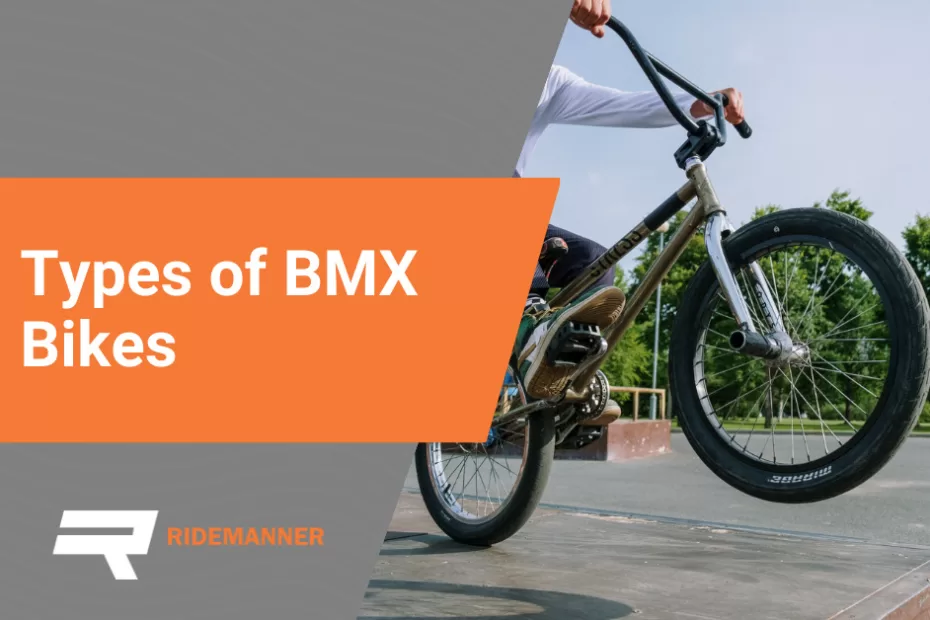Welcome to the world of BMX bikes! Whether you’re new to the scene or a seasoned rider, it’s crucial to choose the right type of BMX bike for your needs and preferences. In this article, we’ll provide an overview of the different types of BMX bikes and their uses and benefits to help you make an informed decision.
Table of Contents
History of BMX Bikes
BMX biking had its roots in the early 1970s when kids started imitating motocross racers on their bicycles. Over time, these bikes have evolved into specialized machines, built to withstand the rigors of various BMX disciplines.
Components of a BMX Bike

Before diving into the types of BMX bikes, let’s review the key components:
- Frame: The backbone of the bike, which houses all other parts.
- Wheels: Consist of the rim, spokes, and hub, and play a significant role in the bike’s performance.
- Forks: Connect the front wheel to the handlebars and frame.
- Handlebars: Allow the rider to steer the bike and perform tricks.
- Brakes: Provide stopping power and control.
- Drivetrain: Consists of the pedals, cranks, chain, and sprocket, and is responsible for transferring power from the rider to the rear wheel.
Types of BMX Bikes

Street BMX
Description: Street BMX bikes are designed for urban environments, featuring sturdy frames and parts built to withstand the impact of grinding rails, ledges, and stairs.
Typical Features: Smaller gearing, pegs for grinding, and responsive geometry.
Benefits and Best Uses: Ideal for riders who enjoy navigating city streets and performing technical tricks.
Park BMX
Description: Built for skatepark use, these bikes are versatile and can handle ramps, bowls, and jumps.
Typical Features: Lighter weight, responsive geometry, and a brakeless or removable brake design.
Benefits and Best Uses: Suited for riders who frequent skateparks and want a bike that can perform well in various park settings.
Dirt BMX
Description: Made for dirt jumping and racing on off-road tracks, these bikes have a suspension-like feel to absorb rough terrain.
Typical Features: Knobby tires for better traction, a longer frame for stability, and a lower seat for more control.
Benefits and Best Uses: Perfect for riders who want to hit dirt jumps, and trails, or participate in off-road racing.
Flatland BMX
Description: These bikes are specifically designed for flatland freestyle, a discipline that involves performing intricate, balance-focused tricks on flat surfaces.
Typical Features: Lightweight, compact design, a unique frame geometry, and specific parts tailored for flatland riding.
Benefits and Best Uses: Ideal for riders who enjoy the artistic aspect of BMX and want to develop their balance and bike control skills.
Race BMX
Description: Built for speed and efficiency on BMX race tracks, these bikes feature a lightweight, aerodynamic design.
Typical Features: Larger gearing for maximum speed, a longer wheelbase for stability, and a lightweight frame and components.
Benefits and Best Uses: Perfect for competitive riders looking to participate in BMX racing events.
Vert BMX
Description: Vert (short for vertical) BMX bikes are designed for riding on large ramps, like half-pipes and quarter-pipes, where aerial tricks are performed.
Typical Features: Sturdy frame, wide and thick tires for better grip, and a higher seat for control during aerial maneuvers.
Benefits and Best Uses: Ideal for riders who want to push their limits in vert ramp riding and perform gravity-defying tricks.
Factors to Consider When Choosing a BMX Bike
- Skill level: Some bikes are better suited for beginners, while others cater to advanced riders.
- Riding style: Consider the type of riding you’ll be doing most often, such as street, park, dirt, or racing.
- Budget: BMX bikes come in a range of prices, so determine how much you’re willing to invest.
- Bike size: Proper sizing is crucial for comfort and performance. Consult a sizing chart or visit a local bike shop for guidance.
BMX Bike Brands to Look Out For
Popular brands known for their quality and reputation include:
- Cult
- Fit Bike Co.
- Haro
- Mongoose
- Redline
- Sunday
- WeThePeople
BMX Bike Maintenance Tips
Proper care and maintenance are essential to ensure the safety and performance of your BMX bike. Regularly inspect your bike for damage, keep it clean, and lubricate the chain and other moving parts.
BMX Biking as a Sport
Competitive BMX biking has gained popularity over the years, with events such as the X Games and the Olympics featuring BMX competitions in various disciplines.
BMX Bike Safety and Gear
Safety should always be a priority when riding a BMX bike. Essential safety gear includes:
- Helmet
- Gloves
- Elbow and knee pads
- Shin guards
- Proper footwear
Types of BMX Bikes – Our Final Thoughts
We’ve covered the different types of BMX bikes and their uses, along with factors to consider when choosing the right bike for your needs. By understanding the unique features and benefits of each type of BMX bike, you’ll be better equipped to select the perfect one for your riding style.
Ready to find your ideal BMX bike? Explore the best BMX bikes for adults!
FAQs about Types of BMX Bikes
Q: What is the best BMX bike for beginners?
A: There’s no one-size-fits-all answer, as the best bike for beginners depends on their needs and preferences. However, a good starting point is to look for reputable brands and bikes with beginner-friendly features, like stable frame geometry and reliable components.
Q: Can I use a BMX bike for everyday commuting?
A: While BMX bikes can be used for short commutes, they may not be the most comfortable or efficient option for longer distances due to their compact size and single-speed design. A hybrid or road bike might be better suited for regular commuting.
Q: What is the average price of a BMX bike?
A: The price range for a BMX bike varies greatly, from entry-level bikes costing around $200-$300 to high-end models priced over $1,000. The cost depends on factors like the brand, frame material, and components used.
Q: Are there any BMX bike modifications I should consider?
A: Modifications can be made to suit your riding style and preferences. Common modifications include adding or removing pegs, upgrading tires, changing handlebars, or customizing the brakes.
Q: How do I determine the right size BMX bike for me?
A: Determining the right size BMX bike involves considering factors like height, inseam, and the type of riding you’ll be doing. A general guideline is to choose a top tube length that corresponds with your height. Consult a sizing chart or visit a local bike shop for personalized guidance.
Latest Posts

Liam Williams, an esteemed authority in BMX biking, passionately shares his expertise with enthusiasts of all levels. From beginners to pros, he fuels their excitement, offering invaluable knowledge garnered through years of experience. With an authoritative voice, Liam guides riders on their thrilling journey, ensuring they find boundless joy and triumph in the dynamic world of BMX.


